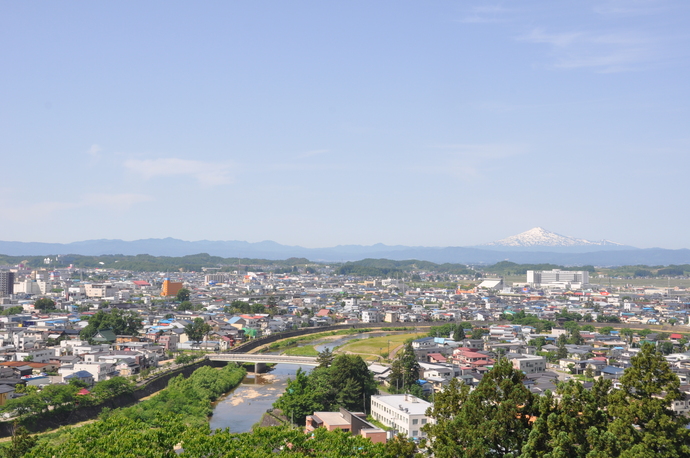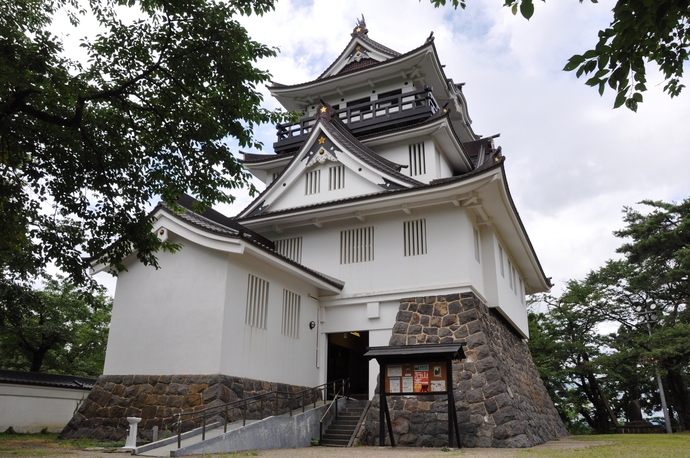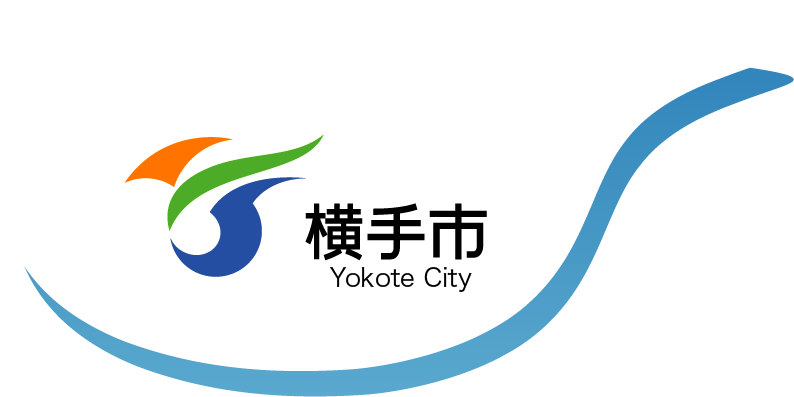The Castle Town of Yokote
The Castle Town of Yokote

Yokote Park Observation Deck looks out toward Mt. Chōkai and over the city of
Yokote. The observation deck was designed to resemble a castle keep, but it is a modern
structure that dates to 1965. In contrast, the park occupies the centuries-old grounds of
Yokote Castle, which stood until the mid-nineteenth century. The observation deck is
located at the northern end of the park, in what was once the secondary bailey
(ninomaru) of this hilltop castle. The ninomaru contained the residence of the castle
keeper, or jōdai, whose job was to oversee the castle on behalf of the powerful Satake
family. Although the residence and castle are now gone, the two families that once
controlled them are largely responsible for establishing Yokote as it exists today.
Arrival of the Onodera Family and Establishment of the Castle
The castle residence was initially occupied by the Onodera family, who built Yokote
Castle. The Onodera family was awarded control of the area in the late twelfth century
as repayment for service to the Kamakura shogunate (1185–1333). Afterward, they
expanded their territory into the southern region of Akita Prefecture, building several
castles in the area. Yokote Castle was fortified with steep earthen embankments
sometime around 1550. To keep the embankments from collapsing, defenders planted
nira (a vegetable similar to chives) to provide structure. This had the secondary benefits
of making the embankments slippery and difficult for enemy attackers to climb, and the
nira could be used as emergency foodstuffs if the castle came under siege.
The Onodera were accompanied by the families of their vassals, who occupied a
neighborhood just below the hill. This led to a gradual expansion of the castle town as
merchants and artisans moved to Yokote to meet the newly created demand for goods
and services.
Control of Yokote Shifts to the Satake Family
At the turn of the seventeenth century, Japan was embroiled in civil war. The Onodera
family had taken the side of the eventual victors, the Tokugawa, but they made a critical
error: as the Onodera armies returned from a campaign, they attempted to reclaim a
neighboring territory that had been taken from them by another ally of the Tokugawa.
This attack established the Onodera family as an enemy of the Tokugawa, and when the
war ended, the Onodera were exiled to western Japan. Yokote castle and its surrounding
territories, along with the rest of Akita domain, were given to the daimyo Satake
Yoshinobu (1570–1633) in 1602.
After the Satake established firm control of the area, they redirected the Yokote River to
create space for more vassal homes. As a result, the lord’s vassals were given land
grants to build their residences near Yokote Castle, while the merchants built their
homes and businesses on the opposite bank of the river.
Yokote Castle remained a part of Akita domain until its destruction during the Boshin
War (1868), which brought an end to the Tokugawa shogunate. The remnants of the
castle were used in the construction of Akita-jinja Shrine, which was built to enshrine
the first and last of the Satake daimyo. In 1902, the area was turned into a park, and it
continues to be the site of important local events such as the Winter Festival.

This English-language text was created by the Japan Tourism Agency.
このページに関するお問い合わせ
商工観光部観光おもてなし課観光企画係
〒013-8601 横手市中央町8番12号(かまくら館5階)
電話:0182-32-2118 ファクス:0182-36-0088
お問い合わせフォームは専用フォームをご利用ください。



